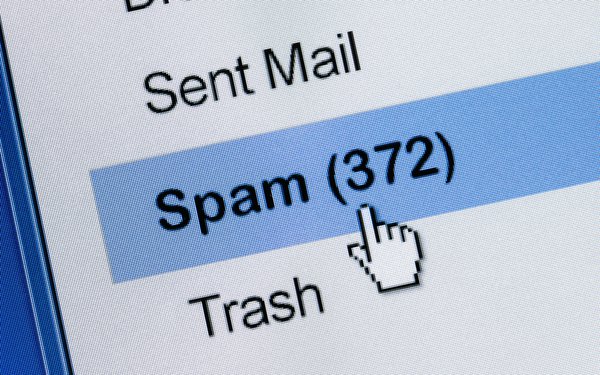
The CAN-SPAM Act (Controlling the Assault
of Non-Solicited Pornography And Marketing) took effect in January 2004, and scam artists promptly started using it as their playbook.
For instance, they barraged
people with cold prospecting emails, ignored their desperate attempts to unsubscribe, used false header and domain information and employed botnets.
Times have
changed. Bad actors still do all of the above — and more. But people now have a different view of spam than they did when George W. Bush signed CAN-SPAM into law.
For instance,
today’s consumers are less annoyed about receiving unrequested messages and more upset by unwanted and overly frequent ones, if you believe Chad S. White, writing in CMS Wire. And malicious
emails are less a concern than irrelevant or unactionable content. (That is, if you’re not getting and responding to them).
advertisement
advertisement
Moreover, CAN-SPAM was passed
“well before much stronger anti-spam laws were passed in other countries, most notably CASL in Canada and GDPR in the EU, which have set email marketing standards for
multinational American brands,” White observes. And it is less draconian than some state laws.
CAN-SPAM also took effect years before mailbox providers like Gmail and Yahoo
set their own strict rules. Gmail specifies in its Email Sender Guidelines that senders should “aim to keep your spam rate below 0.10%,” White says. “Moreover, they
say senders should “avoid a spam rate of 0.30% or higher, especially for any sustained period of time.” Yahoo says it will follow this same standard.”
That
doesn’t mean you can ignore CAN-SPAM, but it shouldn’t be much of a problem. The beautiful thing about this law (for mailers) is that you don’t need permission to send. What you do
have to do is let people off the list when they want.
What does CAN-SPAM require?
“CAN-SPAM says senders must include unsubscribe links in all promotional emails
— that is, all emails that aren’t transactional in nature,” White says. “Moreover, it stipulates that unsubscribe processes should be simple and clear, and that senders
can’t require additional information from people who want to opt out.”
But that’s not enough.
CAN-SPAM is highly inadequate at a time when brands are trying to
move from third-party cookies to first-person data.
More importantly, the email business itself has moved beyond it — all reputable marketers now adhere to a permission-based
model.
Maybe it’s time to reheat CAN-SPAM.